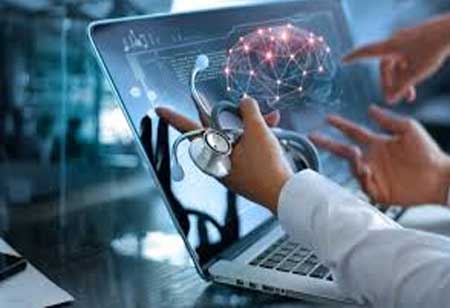Navigating Emergency Medicine with Innovation
The advancements of emergency medicines and doctors benefit special cases, especially with the use of technology and AI increases efficiency and recovery rate in patients.

By
Medical Care Review | Thursday, January 30, 2025
Stay on top of your health and well-being with exclusive feature stories on the top medical clinics and treatment centers, expert insights and the latest news delivered straight to your inbox. Subscribe today.
Fremont, CA: Emergency medicine is an important field, encompassing disaster medicine, critical care, and emergency medical services to treat severe illnesses and injuries that require immediate treatment.
New concepts and technological advancements have greatly enhanced patient outcomes and built response teams' capacities in this challenging industry. Here are a few examples of some of these advancements.
Taking care of Haemorrhage
Time is vital to treat major bleeding emergencies. Control of potentially deadly bleeding may be achieved by using bands, gauze, gloves, and trauma shears in "stop the bleed kits". These kits have become a necessity because they offer emergency care before expert medical assistance arrives, increasing survival chances in accidents and mass casualty incidents.
Technologies for Diagnosis
RDTs have absolutely changed urgent treatment by providing fast and effective medical diagnostics at the point of care (POC). Some of the tools that allow medical practitioners to make quick diagnoses in emergency settings include rapid molecular testing equipment, portable blood analyzers, and POC ultrasonography devices. This improves overall efficiency, minimizes delays, and makes the best use of available resources.
Telemedicine
Telemedicine has increased emergency medicine's operational efficiency remarkably. It has enabled key decision-making for healthcare practitioners to communicate directly with a specialist in real-time teleconsultation, provide off-site care, and much more. In addition to this, it has increased the delivery of follow-up treatment of post-discharge patients on a holistic scale, which further improves continuity of care and reduces hospital readmission.
Use of Artificial Intelligence
By improving triage and decision support systems, artificial intelligence (AI) technologies have revolutionized emergency medicine. Artificial intelligence (AI) algorithms quickly evaluate patient data, like as important signs and medical history that help prioritize patients and enhance professional judgment. Predictive analytics and machine learning improve patient flow and resource allocation, leading to better results.
Medical Applications
In times of crisis like natural disasters or terrorist acts, mobile health applications come in handy. Those applications improve the quick assessment and handling of medical situations with features that include symptom assessment, first aid instructions, and coordination of emergency responses.
Simulation Tech
Simulation-based training is the new standard for emergency medical professional education. Virtual reality simulations and high-fidelity mannequins reproduce many different clinical scenarios that can hone professional expertise, judgment, and teamwork. The training promotes multidisciplinary cooperation and ongoing education in emergency medical units.







